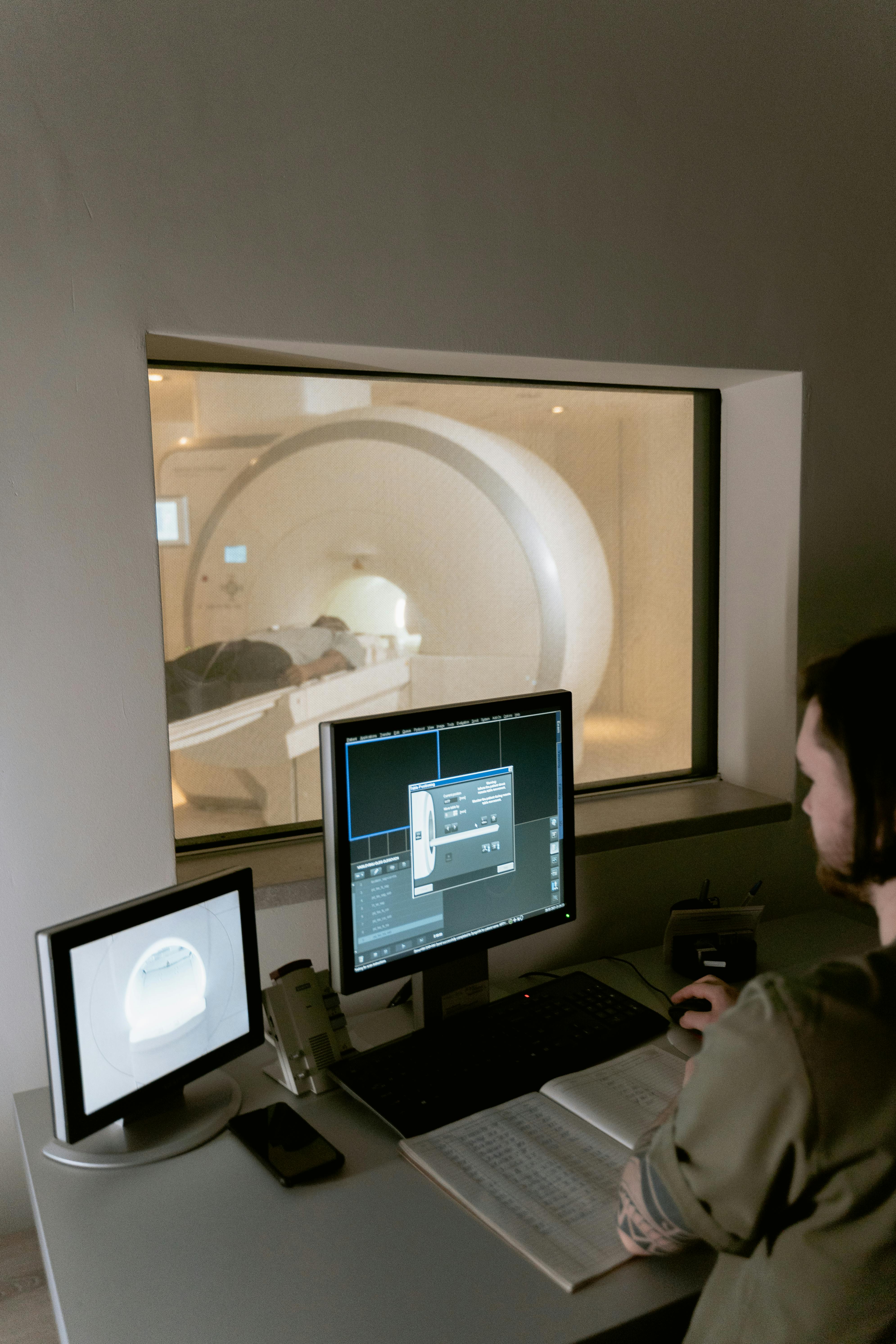The Life-Saving Power of Unified Patient Records
Medical errors have more recently been recognized as a serious public health problem, reported as the third leading cause of death in the United States. One study reported that approximately 400,000 hospitalized patients experience some preventable harm each year, while another estimated that over 200,000 patient deaths annually were due to preventable medical errors.
Behind many of these tragedies lies a startling revelation: critical health information trapped in disconnected systems, unavailable when clinicians need it most. In a healthcare landscape where the average hospital utilizes 16 disparate electronic systems that rarely communicate effectively with one another, physicians are forced to make life-altering decisions with incomplete data. A staggering 86 percent of healthcare providers report regularly encountering gaps in patient information that directly impact their clinical decision-making, according to the Healthcare Information and Management Systems Society’s 2024 Interoperability Assessment.
When physicians must navigate between four to six different platforms just to piece together a patient’s complete health story, precious minutes are lost, minutes that can mean the difference between early intervention and irreversible harm. Yet amid these sobering statistics emerges a transformative solution: the convergence of unified patient records with advanced artificial intelligence capabilities. This powerful combination isn’t just streamlining workflows; it’s fundamentally reshaping how critical findings are identified, how clinical decisions are made, and ultimately, how lives are saved.
The Transformative Power of Unified Patient Records
A unified patient record serves as a comprehensive digital repository of a patient’s entire health journey, from medical history and lab results to imaging studies and medication lists. Unlike traditional siloed systems, these unified records provide clinicians with immediate access to complete, up-to-date information at the point of care.
This consolidation of data offers profound benefits for healthcare delivery. According to a study published in the Journal of the American Medical Association, integrated health record systems reduce diagnostic errors by up to 30 percent by providing clinicians with a more complete picture of patient health. When physicians can access comprehensive patient information within a single interface, they can make more informed decisions, avoid redundant testing, and identify potential issues more quickly.
AI’s Revolutionary Impact on Healthcare Data
The integration of artificial intelligence with unified patient records represents perhaps the most significant advancement in healthcare data management in decades. When AI algorithms analyze unified patient records, they can detect subtle patterns and correlations that might escape even the most experienced clinicians. These systems continuously learn from vast quantities of healthcare data, becoming increasingly sophisticated in their ability to identify early warning signs of deterioration or disease.
The Life-Saving Potential of Unified Records
Perhaps the most compelling argument for unified patient records comes from their ability to facilitate the identification of critical findings, those clinical insights that can mean the difference between life and death for patients.
Studies show that unified approaches to patient data reduce missed critical details by approximately 20 percent (Frontiers in Digital Health, 2024). These ‘missed details’ might include subtle changes in lab values, medication interactions, or early signs of deterioration that could otherwise go unnoticed until a crisis develops.
Data-Driven Decision Making in Modern Healthcare
The availability of unified patient records fundamentally transforms clinical decision-making processes. With comprehensive data at their fingertips, clinicians can make more informed treatment decisions based on a patient’s complete medical history rather than fragmentary information.
AI-powered clinical summarization tools further enhance this decision-making process by distilling lengthy medical records into concise, actionable insights. According to research published in Frontiers in Digital Health, these tools reduce chart review time by up to 30 percent, allowing clinicians to spend more time with patients rather than searching for information across multiple systems.
Care.IO’s unified platform exemplifies this approach, incorporating advanced clinical decision support tools that provide real-time alerts for critical values and potential issues. When a patient’s laboratory results indicate a concerning trend, the system automatically notifies the appropriate clinician, enabling swift intervention before a situation becomes critical.
Preventing Problems Before They Occur
The true potential of unified patient records lies in their ability to shift healthcare from a reactive to a proactive model. By analyzing comprehensive patient data, AI algorithms can identify patients at risk for specific conditions or complications before they manifest clinically. It can identify patients at high risk for readmission and trigger appropriate interventions, such as additional follow-up appointments or home health services.
Unified records enable more effective population health management by identifying trends across patient cohorts. Healthcare organizations can use this information to develop targeted interventions for specific populations, addressing health disparities and improving outcomes across communities.
Addressing Implementation Challenges
Despite their tremendous potential, implementing unified patient record systems presents significant challenges for healthcare organizations. Data quality and standardization remain persistent issues, as inconsistent or inaccurate data can compromise the effectiveness of both unified records and AI analysis.
Interoperability between different healthcare systems also poses considerable challenges. But, the adoption of standardized data formats like HL7 FHIR (Fast Healthcare Interoperability Resources) has improved interoperability success rates by 40 percent, according to a report from the Healthcare Information and Management Systems Society (HIMSS, 2024).
Privacy and security considerations are equally important, particularly given the sensitive nature of healthcare data. Unified patient record systems must incorporate robust security measures and comply with relevant regulations such as HIPAA in the United States.
Clinician adoption remains critical to the success of any unified record implementation. Without adequate training and change management, even the most sophisticated system will fail to achieve its potential.
Implementation Framework for Healthcare Organizations
For healthcare organizations looking to implement unified patient records, a structured approach can help navigate these challenges:
- Assessment & Data Audit: Begin by inventorying existing systems and identifying data gaps to establish a quality baseline.
- Stakeholder Engagement: Include clinicians and other key stakeholders in the planning process to define use cases and priorities.
- Interoperability Strategy: Adopt standards like HL7 and FHIR to ensure seamless data exchange between systems.
- AI Integration Plan: Define specific AI use cases and establish the necessary data pipelines to support them.
- Security & Compliance Framework: Implement robust security measures that comply with relevant regulations while maintaining appropriate access for authorized users.
- Training & Change Management: Develop comprehensive training programs and establish metrics to track adoption.
- Continuous Improvement Process: Monitor key performance indicators and establish feedback loops to drive ongoing improvements.
Care.IO has successfully guided numerous healthcare organizations through this process, helping them overcome the technical and organizational challenges of implementing unified patient record systems.
The Future of Healthcare Data
As unified patient records and AI technology continue to evolve, the healthcare data ecosystem will become increasingly sophisticated. Emerging trends include the integration of patient-generated health data from wearable devices and remote monitoring systems, advanced predictive modeling for personalized treatment recommendations, and precision medicine applications that tailor interventions to individual patients based on their unique characteristics.
The Imperative for Unified Patient Records
The case for unified patient records is compelling. By consolidating patient data and leveraging AI capabilities, healthcare organizations can make more informed decisions, identify critical findings earlier, and prevent adverse events before they occur. The result is better care for patients, reduced burden for clinicians, and more efficient use of healthcare resources.
For healthcare organizations looking to implement unified patient records, the time to act is now. With solutions like Care.IO’s unified platform, the technical barriers to implementation have been significantly reduced, making this transformative approach accessible to organizations of all sizes.
Unified patient records are not merely about better data management; they’re about saving lives through better decisions and earlier detection of critical findings. As healthcare continues to evolve in the AI era, unified patient records will be the foundation upon which truly personalized, proactive care is built.



